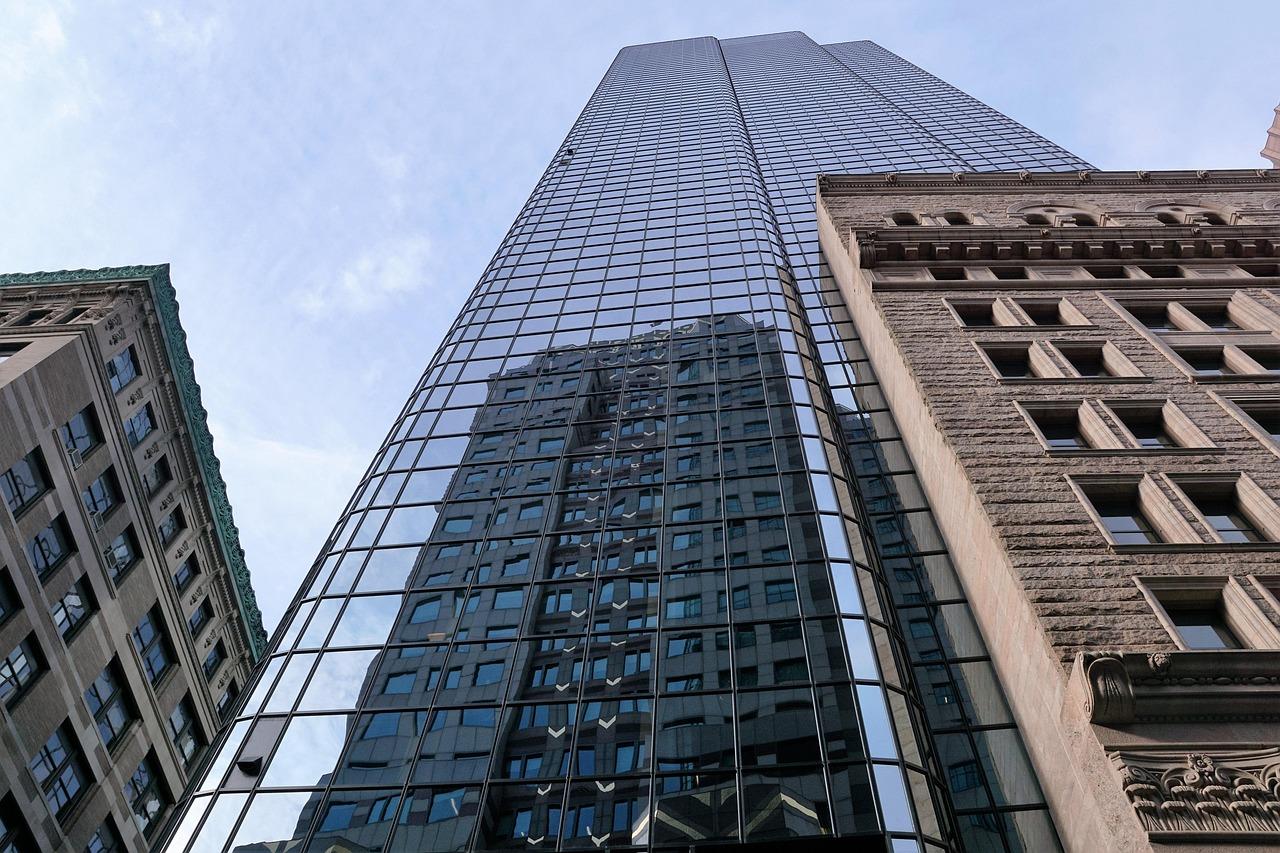
Last Reviewed/Updated: 10/2023
Investor’s personal documents
When preparing a petition, it is important to choose a lawyer who has prior experience working with the EB-5 program, and who has statistics related to the consideration of applications, This will minimize the risks associated with personal documents. Even when you have complete and correct documentation, a poorly prepared package of documents can lead to an official request for additional information, or perhaps refusal.
EB-5 project documents
The situation is significantly more complex if we are talking about the second component of the application – project documentation.
When choosing a project, it is important to consider the nature of the different risks. The risk of financial loss comes first. According to the documents, if you participate in the EB-5 program, you take on the risk of partial or complete loss of funds if the project is unsuccessful. If representatives of one of the Regional Centers (RC), which deals with projects under the EB-5 program, assures you of the absence of risks, it is strongly recommended that you look for projects from other RCs.
However, this does not mean that anyone involved in the process can simply take the invested funds and not return them. The project documentation is structured in such a way that the possibility of non-return is practically nil, and the investor in the program can go to court to recover the invested amount. Nevertheless, if something goes wrong with the EB-5 project, and it does not generate sufficient profit or there is no possibility of refinancing and attracting alternative capital, there is a high likelihood that the funds may not be returned within the agreed timeframe and in full. Accordingly, it is extremely important to take a responsible approach to the choice of the project itself, and carefully study information about the borrower, the financing structure, and the marketing analysis to reduce risks.
The second group of risks for EB-5 projects is related to the Regional Center’s ability to properly prepare the project documentation, business plan, and see the process through to the end. Since 2012, the number of Regional Centers has been increasing very rapidly, and many Centers that obtained a license did so too quickly to attract alternative sources of investment for their projects without a deep analysis of the program’s principles.
As a result, many projects found themselves in a situation where the Regional Center could not attract the necessary number of investors and did not fulfill its obligations to the project owners. Not all projects were prepared for the amount of documentation required by the program, as well as the legal expenses to prepare such documentation. Additionally, the second part of the process, the Form I-829 petition, requires very detailed information on the EB-5 project’s expenses prepared in accordance with the requirements of the Immigration Service. If the Regional Center does not have its own specialists, and the process of preparing reports is not supervised, there may also be risks of refusal at this stage.
Therefore, in addition to information about the EB-5 project itself, it is essential to look at the statistics of the Regional Center and request all the information you are interested in, both concerning the project and the Center.
Significant information that is worth obtaining from the Regional Center is presented below:
- How many approved I-526 and I-829 Forms does the Regional Center have?
- For how many projects has the Regional Center already returned investments?
- How can the Regional Center confirm the provided data?
- Were all investments returned on time and in full for all projects? If there were delays in payment, and what were the reasons for these delays? What did the Regional Center do to resolve the situation?
- Has the Regional Center received any denials regarding its business plans?
- Who in the Regional Center is responsible for selecting projects, and what are the project requirements?
- Who prepares the business plans and project documentation?
- Who will work with you if something happens to your contact person (for example, if he or she resigns)?
- What is the exit strategy from the project?
In conclusion, despite the real risks of participating in the program, a careful investor can significantly reduce them if they approach the project selection process correctly.
Last Reviewed/Updated: 10/2023
Categories:




